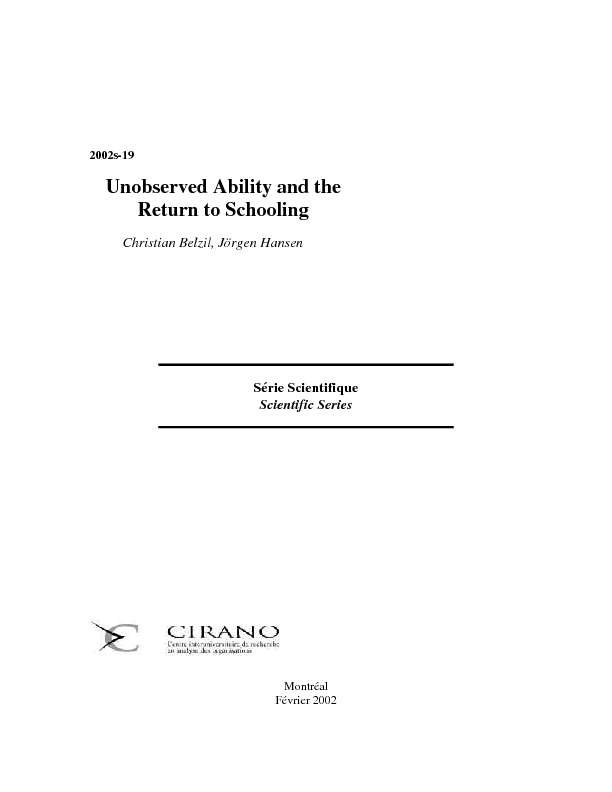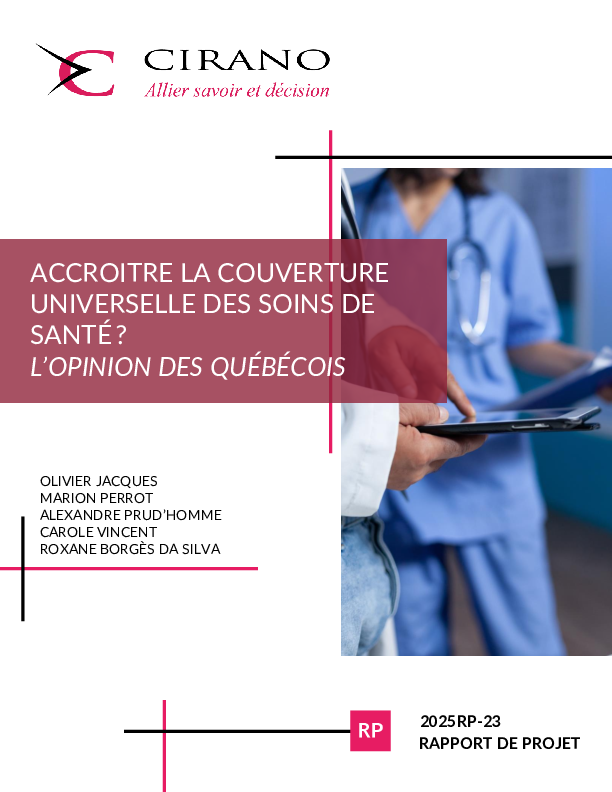Unobserved Ability and the Return to Schooling
We estimate a structural dynamic programming model of schooling decisions with unobserved heterogeneity in school ability and market ability on a sample taken from the National Longitudinal Survey of Youth (NLSY). Both the instantaneous utility of attending school and the wage regression function are estimated flexibly. The null hypothesis that the local returns to schooling are constant is strongly rejected in favor of a convex wage regression function composed of 8 spline segments. The local returns are very low until grade 11 (1% per year or less), increase to 3.7% in grade 12 and exceed 10% only from grade 14 to grade 16. The average return increases smoothly from 0.4% (grade 7) to 4.6% (grade 16). The convexity of the log wage regression function implies that those who obtain more schooling also experience higher average returns. We strongly reject the null hypothesis that unobserved market ability is uncorrelated with realized schooling attainments, which underlies many previous studies that have used OLS to estimate the return to schooling. The correlation between realized schooling and market ability is found to be positive and is consistent with the existence of a positive "Ability Bias""."
[ - ]




